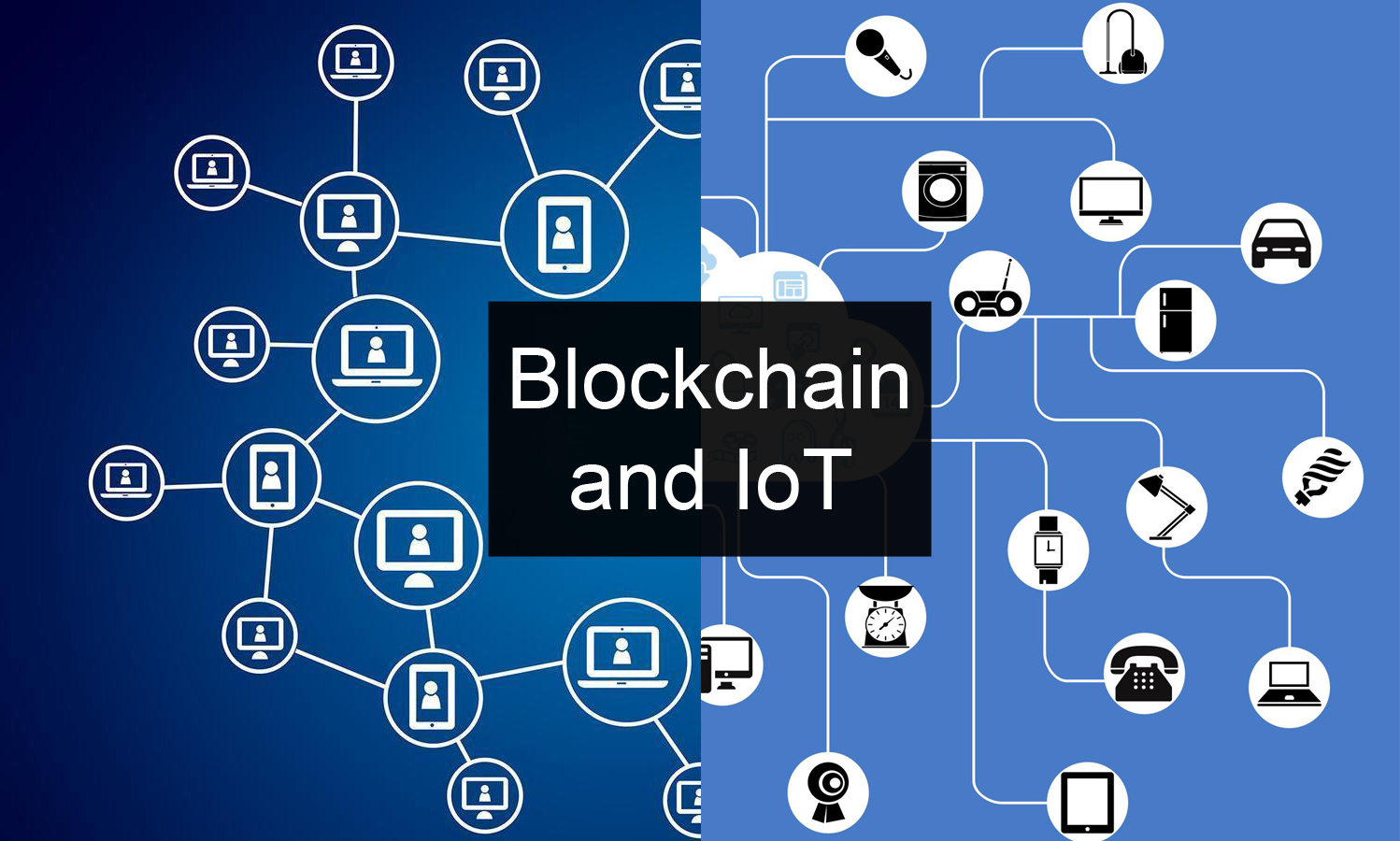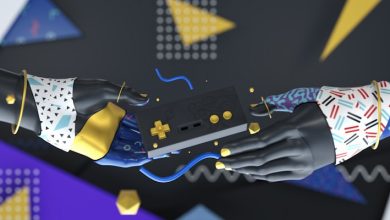Blockchain and the Internet of Things (IoT)

- Understanding the basics of Blockchain technology
- Exploring the potential of combining Blockchain and IoT
- Challenges and opportunities in integrating Blockchain with IoT devices
- Security implications of using Blockchain in IoT applications
- Real-world examples of Blockchain-enabled IoT solutions
- Future trends in the convergence of Blockchain and the Internet of Things
Understanding the basics of Blockchain technology
Blockchain technology is a decentralized, distributed ledger system that securely records transactions across a network of computers. Each block in the chain contains a list of transactions, and once a block is completed, it is added to the chain in a linear, chronological order. This technology ensures transparency, security, and immutability of data, making it an ideal solution for various industries, including finance, healthcare, supply chain, and more.
One of the key features of blockchain technology is its ability to create a tamper-proof record of transactions. This is achieved through cryptographic hashing, which ensures that once a block is added to the chain, it cannot be altered without changing all subsequent blocks. This makes blockchain an ideal solution for industries where data integrity and security are paramount.
Another important aspect of blockchain technology is its decentralized nature. Unlike traditional centralized systems, where a single entity controls the data, blockchain operates on a peer-to-peer network where all participants have a copy of the ledger. This not only increases transparency but also reduces the risk of a single point of failure, making the system more resilient to cyber attacks and data breaches.
Blockchain technology also utilizes consensus mechanisms to validate transactions and add them to the ledger. This ensures that all participants in the network agree on the validity of transactions, eliminating the need for intermediaries or third parties. This not only speeds up the transaction process but also reduces costs and increases efficiency.
In conclusion, blockchain technology is a revolutionary innovation that has the potential to transform various industries by providing a secure, transparent, and efficient way to record transactions. Its decentralized nature, tamper-proof record-keeping, and consensus mechanisms make it an ideal solution for the Internet of Things (IoT) ecosystem, where billions of devices are connected and exchanging data. By leveraging blockchain technology, IoT devices can securely communicate, transact, and interact with each other without the need for centralized control, opening up a world of possibilities for the future.
Exploring the potential of combining Blockchain and IoT
Exploring the potential of combining Blockchain and IoT opens up a world of possibilities for enhancing security, transparency, and efficiency in various industries. By leveraging the decentralized nature of Blockchain technology and the interconnectedness of IoT devices, organizations can create a more robust and reliable system for managing data and transactions.
One of the key benefits of integrating Blockchain with IoT is the ability to establish a secure and tamper-proof record of device interactions. Each transaction or data exchange can be recorded on the Blockchain in a transparent and immutable manner, providing a verifiable audit trail for all parties involved. This can help prevent fraud, unauthorized access, and data manipulation, ensuring the integrity of the IoT ecosystem.
Furthermore, the combination of Blockchain and IoT can streamline processes and reduce costs by eliminating the need for intermediaries or centralized authorities. Smart contracts, which are self-executing contracts with the terms of the agreement directly written into code, can automate transactions between IoT devices based on predefined conditions. This not only speeds up the process but also reduces the risk of errors or disputes.
Overall, the synergy between Blockchain and IoT has the potential to revolutionize how data is managed, shared, and secured in the digital age. As more organizations recognize the benefits of this integration, we can expect to see a proliferation of innovative solutions that harness the power of both technologies to drive efficiency, transparency, and trust in various sectors.
Challenges and opportunities in integrating Blockchain with IoT devices
Integrating Blockchain with IoT devices presents both challenges and opportunities for businesses looking to enhance security and efficiency in their operations. One of the main challenges is the complexity of integrating these two technologies seamlessly. Ensuring compatibility and interoperability between Blockchain and IoT devices can be a daunting task for organizations.
On the other hand, the integration of Blockchain with IoT devices opens up a world of opportunities for businesses. By leveraging the decentralized and secure nature of Blockchain, organizations can enhance the security of their IoT networks and data. This can help prevent unauthorized access and tampering of sensitive information.
Another challenge in integrating Blockchain with IoT devices is the scalability issue. As the number of IoT devices continues to grow exponentially, Blockchain networks may struggle to handle the increased volume of transactions. Finding solutions to scale Blockchain networks effectively is crucial for the successful integration of these technologies.
Despite these challenges, the integration of Blockchain with IoT devices offers significant opportunities for businesses. By using Blockchain to create a tamper-proof and transparent ledger of IoT data, organizations can improve trust among stakeholders and streamline processes. This can lead to increased efficiency and cost savings for businesses.
Security implications of using Blockchain in IoT applications
When it comes to the security implications of utilizing Blockchain in IoT applications, there are several key factors to consider. One of the main advantages of Blockchain technology is its ability to provide a secure and tamper-proof way of storing data. This can be particularly beneficial in IoT applications, where sensitive information is often transmitted between devices.
By using Blockchain, IoT devices can securely communicate with each other without the need for a centralized authority. This decentralized approach helps to prevent single points of failure and makes it more difficult for hackers to compromise the system. Additionally, Blockchain’s consensus mechanisms ensure that all transactions are verified by the network, further enhancing security.
However, it is important to note that while Blockchain can enhance security in IoT applications, it is not without its own vulnerabilities. One potential concern is the risk of a 51% attack, where a single entity gains control of the majority of the network’s computing power. This could potentially allow them to manipulate transactions and undermine the integrity of the system.
Another issue to consider is the potential for smart contract vulnerabilities. Smart contracts are self-executing contracts with the terms of the agreement directly written into code. If these contracts are not properly secured, they could be exploited by malicious actors to carry out attacks on the IoT network.
In conclusion, while Blockchain technology offers many security benefits for IoT applications, it is essential to carefully consider and address potential vulnerabilities to ensure the overall security of the system. By implementing best practices and staying vigilant against emerging threats, organizations can leverage the power of Blockchain to enhance the security of their IoT networks.
Real-world examples of Blockchain-enabled IoT solutions
There are several real-world examples of Blockchain-enabled IoT solutions that are revolutionizing various industries. These innovative applications are leveraging the power of blockchain technology to enhance security, transparency, and efficiency in IoT systems.
- Supply Chain Management: One of the most prominent use cases of blockchain in IoT is in supply chain management. By integrating blockchain with IoT devices, companies can track the movement of goods in real-time, ensuring authenticity and preventing fraud.
- Smart Energy Grids: Blockchain-enabled IoT solutions are being used to create smart energy grids that allow for efficient energy distribution and management. By using blockchain technology, energy producers and consumers can securely trade energy without the need for intermediaries.
- Healthcare: In the healthcare industry, blockchain and IoT are being combined to create secure and interoperable systems for storing and sharing patient data. This ensures that sensitive medical information is protected and easily accessible when needed.
- Smart Contracts: Blockchain-enabled IoT devices can execute smart contracts automatically based on predefined conditions. This automation streamlines processes and reduces the need for manual intervention, saving time and resources.
- Asset Tracking: Companies are using blockchain and IoT to track the location and condition of assets in real-time. This is particularly useful in industries such as logistics and transportation, where the ability to monitor assets can lead to significant cost savings.
These examples demonstrate the potential of combining blockchain and IoT technologies to create innovative solutions that address the challenges faced by various industries. As the adoption of IoT continues to grow, the integration of blockchain is expected to play a crucial role in ensuring the security and efficiency of connected devices and systems.
Future trends in the convergence of Blockchain and the Internet of Things
The future of the convergence of Blockchain and the Internet of Things (IoT) holds great promise for revolutionizing various industries. As these technologies continue to evolve and mature, we can expect to see several key trends shaping their integration:
- Increased security: With the immutable and decentralized nature of Blockchain, IoT devices can benefit from enhanced security protocols to protect sensitive data and prevent unauthorized access.
- Enhanced data integrity: By leveraging Blockchain technology, IoT devices can ensure the integrity of data generated and transmitted, reducing the risk of tampering or manipulation.
- Streamlined transactions: The use of Blockchain in IoT can facilitate seamless and transparent transactions between devices, enabling automated processes and reducing the need for intermediaries.
- Improved scalability: As both Blockchain and IoT technologies continue to advance, we can expect to see improved scalability solutions that can support the growing number of connected devices and transactions.
- Interoperability: Efforts are underway to develop standards and protocols that enable Blockchain and IoT devices to communicate and interact seamlessly, fostering greater collaboration and innovation.
Overall, the convergence of Blockchain and the Internet of Things is poised to drive significant advancements in various sectors, including supply chain management, healthcare, smart cities, and more. By harnessing the combined power of these technologies, organizations can unlock new opportunities for efficiency, transparency, and innovation in the digital age.






